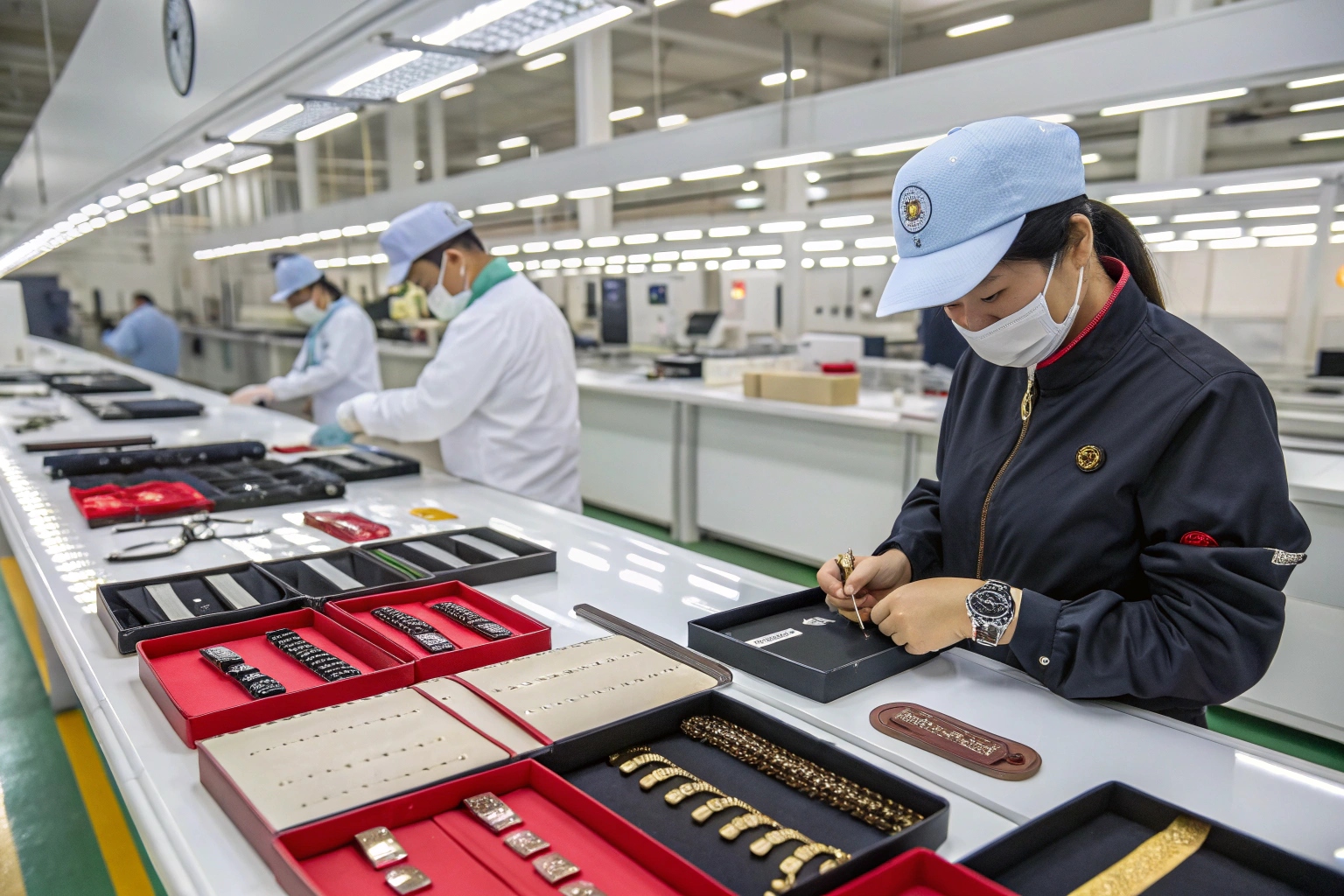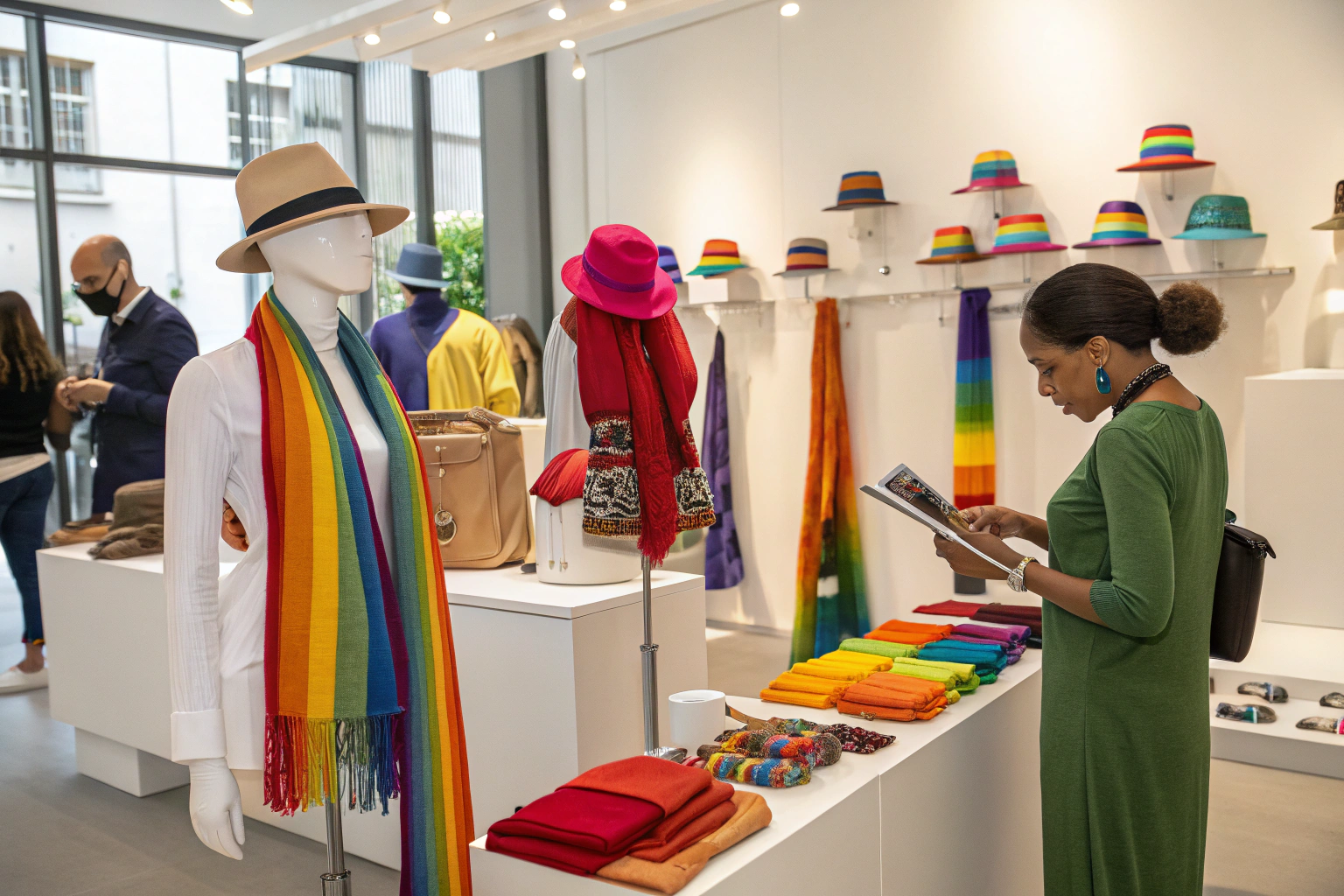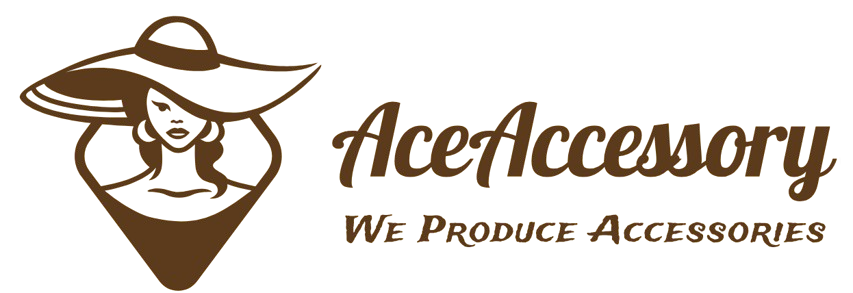Managing accessory inventory across retail locations or e-commerce warehouses can get messy without the right tracking technology. Stockouts, overstock, and misplacements are daily pain points, especially when dealing with hair accessories, belts, scarves, and small SKUs in large volumes. For global retailers and importers in the U.S. and Europe, RFID has emerged as the gold standard for solving these problems efficiently.
Sourcing accessories that come embedded with RFID tags from the start—especially from trusted manufacturers like AceAccessory in China—not only enhances traceability but also cuts down labor costs and improves stock accuracy. This article covers how you can streamline sourcing decisions for RFID-tagged products.
In this post, I’ll guide you through the essentials—from choosing the right accessories and tags, to ensuring compliance with regulations and ensuring tag durability. Whether you're a retailer, distributor, or online seller, this is your roadmap to future-ready inventory management.
What Types of RFID Tags Are Suitable for Accessories?
Not all RFID tags are created equal—and selecting the right type makes all the difference.
There are several RFID tag types, each suitable for different accessory categories. The most commonly used for fashion accessories are UHF (Ultra High Frequency) tags because they offer long reading distances and fast data transmission. For smaller items like earrings or hair clips, NFC tags can also work, especially when the consumer may interact with the product directly (e.g., scanning with a phone for authentication or styling ideas).
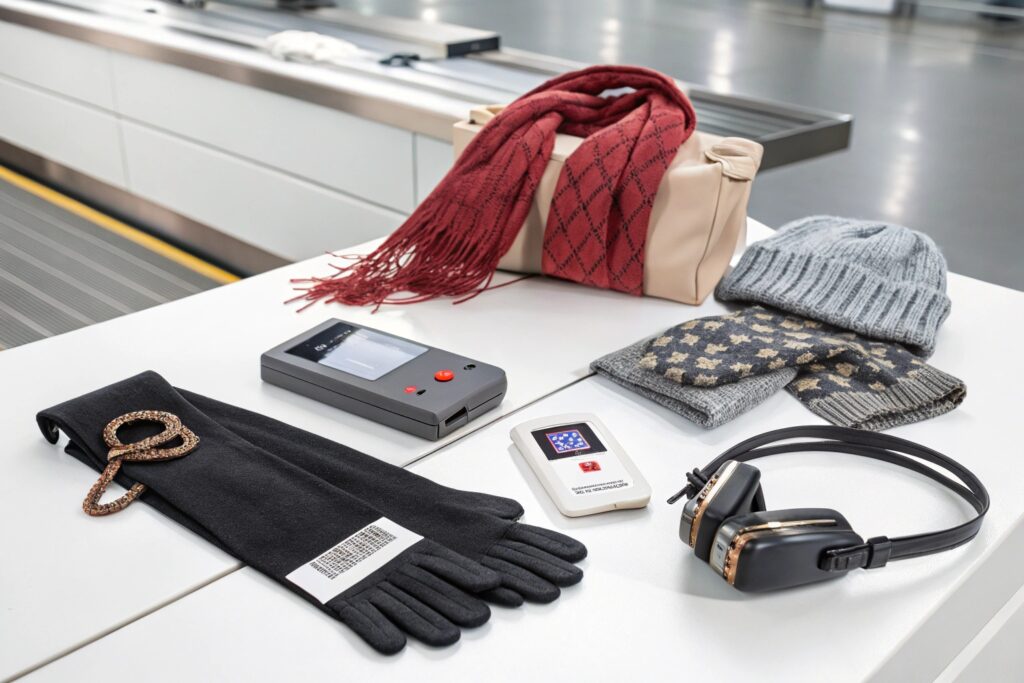
What Are the Most Durable RFID Tags for Hair and Fabric-Based Accessories?
RFID tags need to withstand heat, humidity, and mechanical stress during transit, shelf storage, and customer use. Look for encapsulated RFID tags for sewn-in use and adhesive-based tags for packaging. We recommend Avery Dennison’s RFID inlays for their flexibility and durability on textiles.
Can RFID Tags Be Hidden Inside Accessories?
Yes, modern RFID tags are thin enough to be integrated inside the label or stitched inside fabric seams, especially for accessories like scarves, gloves, or belts. Always check with your supplier on their embedding techniques, as poorly placed tags can reduce scan rates or even damage the item’s aesthetic.
How to Ensure Compatibility with RFID Systems in the U.S. and EU?
Compliance isn’t just about legality—it’s about smooth integration into your own warehouse systems and those of your distributors.
The U.S. and EU have specific frequency regulations. For example, UHF RFID tags must comply with the EPCglobal Gen2 standard, which runs on 902-928 MHz in the U.S. and 865-868 MHz in the EU. When sourcing from China, make sure your supplier can guarantee global-standard tags that work seamlessly with Western readers.

Which Certifications Should Suppliers Provide?
To avoid border holdups or scan failures, your accessory supplier should offer tags certified by global agencies like GS1, CE, and FCC. A factory like ours at AceAccessory includes certification copies in every commercial invoice for shipments with RFID-enabled products. You can also verify RFID tag authenticity via GS1’s verification tool.
What Happens if Tags Fail During Customs Scans?
Some customs facilities, especially in the EU, run radio-frequency interference checks. Poor-quality tags might trigger alerts or result in delayed clearance. That’s why it’s critical to work with manufacturers who conduct RFID tag testing under simulated export conditions before packing. SML Group’s lab is an industry leader in this kind of RFID testing for apparel and accessories.
What Accessory Types Work Best with RFID-Tagged Inventory?
Not every accessory benefits equally from RFID tagging—but many categories see major improvements in traceability and inventory accuracy.
Hair Accessories: Due to their small size, they’re often packed in high volumes. RFID tagging helps with unit-level traceability, especially for brands dealing in seasonal collections. Headbands, scrunchies, and barrettes work well with adhesive RFID tags on packaging.
Belts and Scarves: These are typically higher value and available in multiple SKUs. Here, fabric-embedded or label-based RFID tags allow for batch-level or unit-level tracking. Many of our clients use Impinj RAIN RFID systems to manage these SKUs in U.S. and European distribution centers.
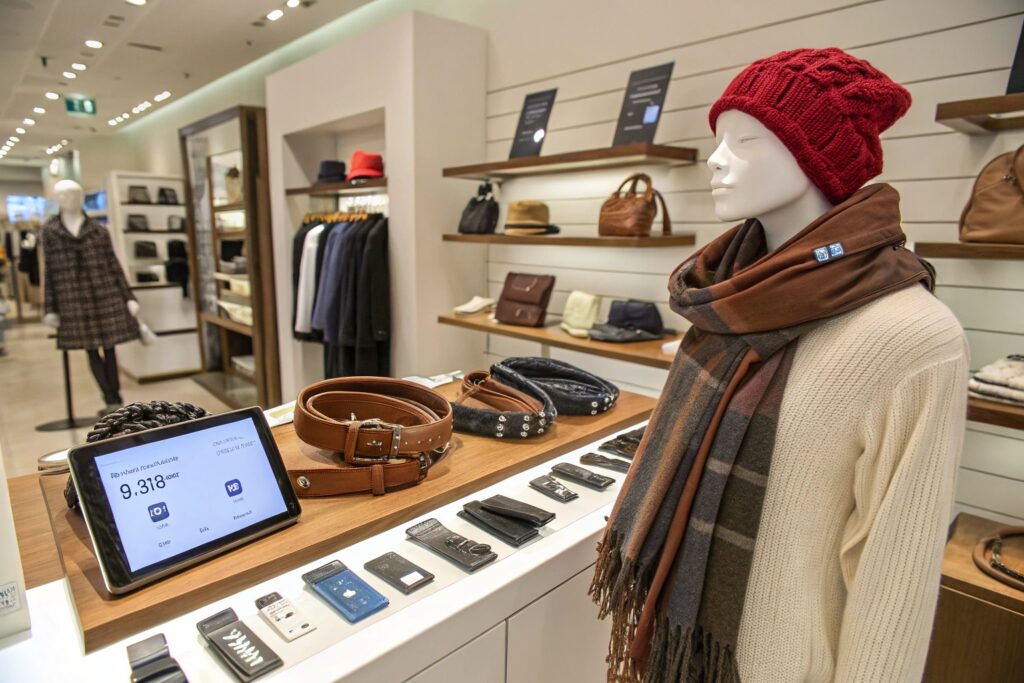
Are RFID Tags Helpful in Preventing Theft?
Yes. RFID not only aids inventory—it also reduces theft in retail environments. When integrated with EAS systems, RFID tags can double as theft deterrents. For flash sales or limited editions, this functionality can reduce shrinkage significantly.
How Do RFID Tags Help E-commerce Sellers?
Online retailers benefit from faster pick-and-pack validation, reducing errors and ensuring customers get the right SKUs. Paired with WMS software, RFID-tagged accessories can be auto-scanned during outbound packaging.
What Should You Expect From a Trusted RFID-Enabled Accessory Supplier?
Beyond the technology, the supplier’s capability and process determine success.
At AceAccessory, we have developed a four-stage RFID integration process that includes:
- Design consultation with clients for tag placement.
- Material compatibility testing for each accessory type.
- Pilot production runs with RFID performance validation.
- Final QC and logistics coordination for tagged goods.

How Does RFID Fit Into AceAccessory’s QC Workflow?
We conduct full-cycle testing including tag readability audits, interference tests, and label durability trials. This happens in our dedicated quality control department equipped with RFID scanners. We also use Zebra Technologies readers to validate every outgoing batch.
Can Small Orders Include RFID?
Yes. One misconception is that RFID is only viable for large retailers. In reality, we offer low-MOQ RFID tagging options. Even online boutiques ordering 2,000 units or less can have RFID embedded, allowing them to compete on efficiency.
Conclusion
Sourcing accessories with RFID tags is no longer a futuristic idea—it’s a present-day necessity. From inventory accuracy to theft prevention, and from cross-border compliance to operational efficiency, RFID gives importers and brands the visibility and control they need.
By partnering with an experienced manufacturer like AceAccessory, you get not only quality products but also built-in RFID solutions that work globally. Whether you're managing logistics for fashion chains or selling online, integrating RFID now will save time, reduce costs, and future-proof your accessory business.

